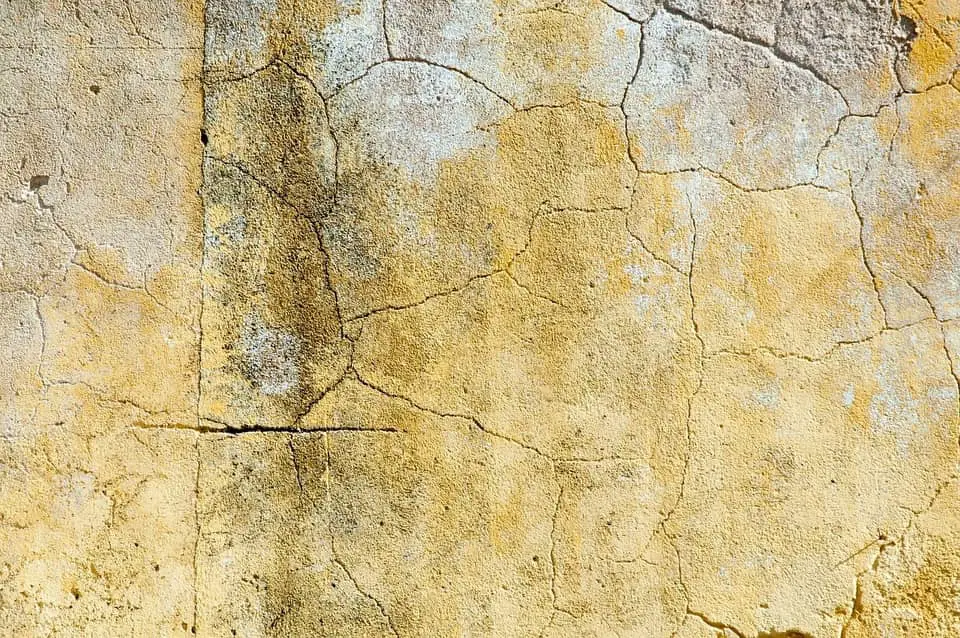
It is important to worry and be alert when you find a crack, crack, or fissure in the wall. Often the crack is rather small and may look superficial, but it can also be a warning of a serious structural problem. Unfortunately, we often hear news of landslides under cracked buildings.
Despite being an important warning, many of us are unaware of the risks, and maybe so don’t mind too much when you see a crack. Have you ever thought that a structural failure can bring down the house? But how do you know when a crack is superficial and harmless? Do you need to stay alert for the danger of a structural crack?
It’s not that every crack is a serious structural risk, but in structural problems, cracks and deformations usually appear. They are indicators of risk especially when they increase over time. Cracks in structural elements (slabs, beams, columns, foundation) are very worrying. Do not ignore these warnings. Let’s take a look at some of the signs below.
Direction and depth of cracks
Diagonal and deep inclined cracks indicate problems in the structure, which may be appearing due to a problem in the foundation, in the slabs, in the support structure of the house, or due to the excess weight, one of the structures carries.
In the latter case of overweight, the problem may be because another floor was built in the house or placed some weight on the slab (such as a new water tank or bath, for example).
Do not wait and urgently call an engineer or the civil service of your city to assess the severity of the problem.
Types of wall cracks
Cracks or fissures, which are vertical or horizontal, and shallow, generally, are superficial and less worrisome. Those cracks usually have no relation to the structure of the building.
Ideally, an engineer should evaluate them, but they generally indicate less danger. To repair these lighter cracks, the mason should know how to use a synthetic canvas or an acrylic creamy paste to close cracks.
Both are a kind of “flexible dressing” that fills the gap and protects nearby areas. And then the specialist needs to also repair the wall with thin paste and paint.
If the foundation is badly done, this is more serious
If the house was built on unstable soil and the foundation of the house is not suitable for this type of soil, be very careful.
The main signs of a poorly constructed foundation are the following:
- Doors and windows come out of alignment and are difficult to close;
- The floor is sloping, cracks appear between the floor and the wall or between the floor and the ceiling;
- Large sloping cracks appear in the walls, with a regular pattern;
- Cracks are becoming bigger and bigger.
If this is happening, it is time to move out of the house. Call the civil service or a specialist engineer to solve the problem.
Cracks in joint areas
Such types of cracks may appear for several reasons, for example:
- Parts of the wall use different materials (such as brick with concrete or brick with wood);
- Bonding of different materials has not been done properly;
- Materials are contracting and expanding with different cycles, which makes them separate from each other.
Other causes for wall cracks
Cracks in the walls can also happen for other reasons. Among them:
- use of low-quality materials, such as contaminated sand in the mortar;
- excessive use of cement;
- or even when project design and execution are done poorly.
In general, these types of cracks are not deep, rather superficial, and do not compromise the structure of the building. Except when project design and execution are poorly done. So, do not disregard those cracks either!
To repair these lighter cracks, the specialist must know how to use synthetic canvas or an acrylic creamy paste to close cracks. And then do the finishing of the wall with thin paste and paint.
Wall cracks from water infiltration
If there is a leak in one of the water pipes or if waterproofing was poorly done, water will infiltrate and damage the wall, passing through concrete and corroding steel armor of the structure of the house. This, with time, may lead to the house collapsing.
If you observe leaks or infiltrations, you will need to locate the problem. Hire a professional to identify the cause, repair the leak and reinforce the structure, if necessary.
Paint does not solve cracking and infiltration
If you intend to paint the cracks to close stains of infiltration and leakage, think twice and better change your mind.
You need to fix the underlying problem first and then paint the wall. Paint does not solve these problems, it only covers them. You can get a false idea that everything went well, while it has not. If you just paint over cracks, soon the problems will reappear.
Only if cracks are superficial, paint can treat it.
Read also: How to paint a perfect wall? – in this article. And, How not to paint? – in this article.

